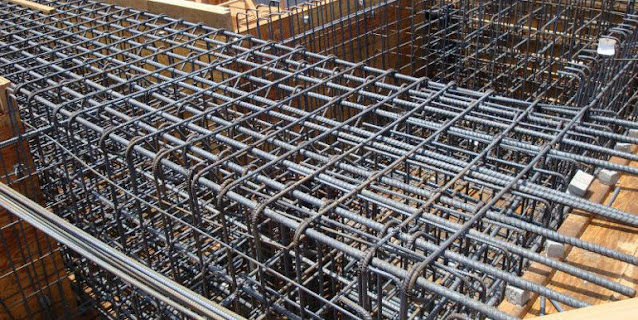Reinforcement Materials Are Highly Resistant To Heat, Cold, UV Radiation and they Are Very Durable, Making Them Ideal For Use In High-Stress Areas Of A Composite
The reinforcement material is an important component of composite materials. This product is used in a variety of applications such as automobiles, trucks and vehicles, and military equipment. It is also used in a wide range of structures such as bridges and buildings. It increases the strength and stiffness of a structure by increasing the amount of load-bearing capacity.
There
are several types of reinforcements, including continuous fiber, particles, and
flakes, which can be used to increase the properties of a composite. The type
of material that is used depends on the application and needs of the product.
According
to Coherent Market Insights the Reinforcement
Material Market Global Industry Insights, Trends, Outlook, and
Opportunity Analysis, 2022-2028.
These
fibers are based on PAN (polyacrylonitrile) or rayon precursors and have a high
strength, stiffness, and abrasion resistance. They are also highly resistant to
UV radiation, heat, and cold.
These
fibers are based on a mixture of alumina and lime, and they have a high
electrical insulating capacity and superior mechanical properties compared to
aramid and other carbon fibers. They are also very lightweight, which is
another reason why they are often used as a reinforcement for polymer matrix composites.
There
are many different types of fabrics that can be used as reinforcement. They
include woven, stitched, and braided fabric, which can be manufactured using
fiberglass, carbon or aramid fibers. These fabrics are very strong, and lightweight
and can be made to a variety of widths, colors, and patterns.
Particulate
plastic reinforcements are used in modern manufacturing processes and are able
to be recycled after use. They are a great alternative to traditional
reinforcements as they do not pollute the environment or release toxins into
the air.
These
are a great alternative to synthetic fibers as they offer numerous benefits.
They are reusable and recyclable, and they can be reshaped to meet the
requirements of the project.
The
main drawbacks to natural fibers are that they have a shorter lifespan than
other reinforced composites. However, they offer a wide range of other
advantages such as weight reduction and cost reduction.
Aside
from these, they can also be fabricated into a variety of different shapes and
sizes. They can be molded, pressed, or injected into a composite to provide the
desired structural characteristics.
They
are also a great way to reinforce polymer matrix composites, especially when
the desired properties cannot be obtained with traditional materials. They are
a great alternative to traditional carbon fiber and glass fiber reinforcements.
Composites One LLC and Solvay entered in an agreement
for acquiring Solvay’s Process Materials business in November 2020. Mnmh.




Comments
Post a Comment